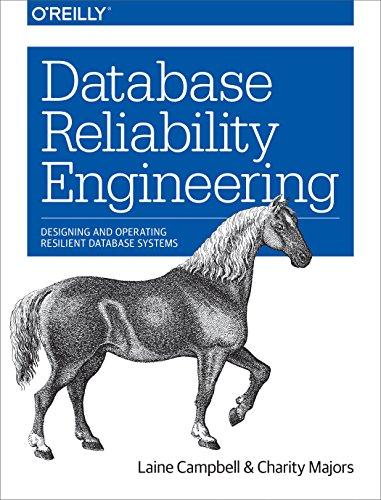Question
We need to compute the similarity between a huge number of objects (called O1, O2, ... ) and each object can be represented by a
We need to compute the similarity between a huge number of objects (called O1, O2, ... ) and each object can be represented by a binary vector as shown below (original representation). a) How can we compute the similarity between these four objects using the original representation? Show an example of a possible computation with the data you have. b) If the representation by a binary vector of each object is rather huge and the number of objects is large, a better approach could be to use another representation of the objects. How can we do it? Use the data provided below to show how you suggest to represent these objects. We also give you three random sequences of numbers from 1 to 7 (under the column R1, R2, R3). How can we represent these objects using a smaller vector per object? How can we compute the similarity between these four objects based on this new representation? Show an example of the corresponding computation.

c) Are we certain to obtain with this new representation the same similarity value achieved by the original data? Justify your answer.
\begin{tabular}{|c|c|c|} \hline R1 & R2 & R3 \\ \hline 1 & 4 & 3 \\ \hline 3 & 2 & 4 \\ \hline 7 & 3 & 7 \\ \hline 6 & 1 & 6 \\ \hline 2 & 6 & 1 \\ \hline 5 & 7 & 2 \\ \hline 4 & 5 & 5 \\ \hline \end{tabular} \begin{tabular}{|c|c|c|c|} \hline O1 & O2 & O3 & O4 \\ \hline 1 & 0 & 1 & 0 \\ \hline 0 & 0 & 0 & 1 \\ \hline 1 & 1 & 0 & 1 \\ \hline 0 & 1 & 0 & 1 \\ \hline 0 & 1 & 0 & 1 \\ \hline 1 & 0 & 1 & 0 \\ \hline 1 & 0 & 1 & 0 \\ \hline \end{tabular}Step by Step Solution
There are 3 Steps involved in it
Step: 1

Get Instant Access to Expert-Tailored Solutions
See step-by-step solutions with expert insights and AI powered tools for academic success
Step: 2

Step: 3

Ace Your Homework with AI
Get the answers you need in no time with our AI-driven, step-by-step assistance
Get Started


